rusty racks
Krista86
10 years ago
Related Stories
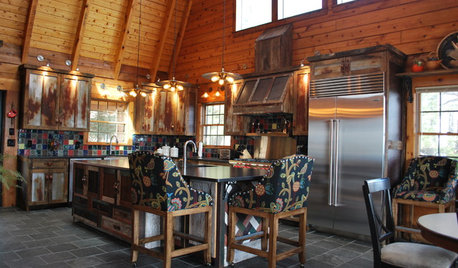
WORKING WITH PROSInside Houzz: New Rustic Style for a Mountain Cabin's Kitchen
A North Carolina couple takes a log cabin kitchen from knotty-pine tear-down to modern-day knockout with rusty tin and reclaimed barnwood
Full Story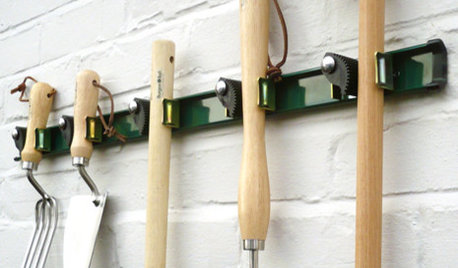
GARDENING AND LANDSCAPINGGuest Picks: Essentials for the Classic Garden
Get ready for spring gardening by replacing your rusty tools with these attractive updates
Full Story
REMODELING GUIDESOriginal Home Details: What to Keep, What to Cast Off
Renovate an older home without regrets with this insight on the details worth preserving
Full Story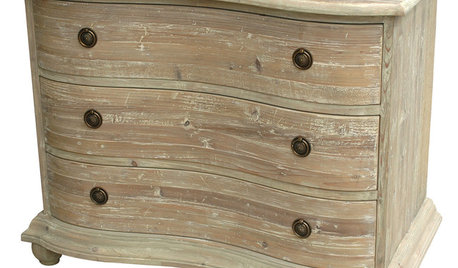
PRODUCT PICKSGuest Picks: Reclaimed Wood Pieces Full of Character
Bring a sense of history and depth to your rooms with furniture, lighting and art made from upcycled wood
Full Story
PRODUCT PICKSGuest Picks: Everything Old-World Is New Again
Give even a new build a romantic history with lighting fixtures, hardware and drapes that recall the Old Country
Full Story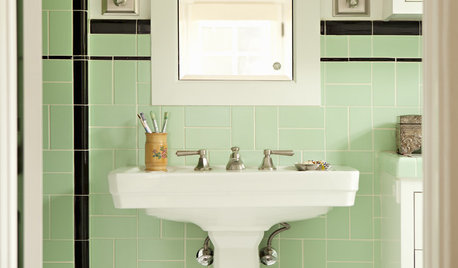
DECORATING STYLESSplendor in the Bath: Art Deco Brings on the Elegance
Give your bathroom a graceful air with the curves and motifs of the ever-popular 1920s style
Full Story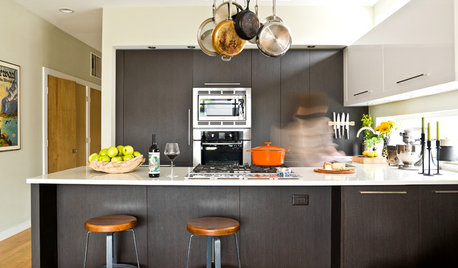
HOUSEKEEPINGHow to Clean Your Cookware So It Lasts
Avoid damage during everyday cleaning and stain scrubbing, with these tips for pots and pans made of popular materials
Full Story
DECORATING GUIDESBring in da Funk: How Humble Touches Give a Home Soul
Shake up expectations and stir up interest with pieces that show patina, create contrast or offer a jolt of surprise
Full Story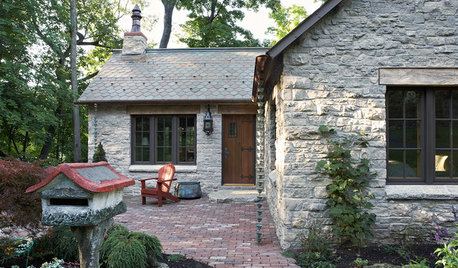
GREEN BUILDINGHouzz Call: What Have You Salvaged for Home Use?
If your floors, furniture, exterior materials or other home elements have a past life, we'd like to hear the story
Full Story





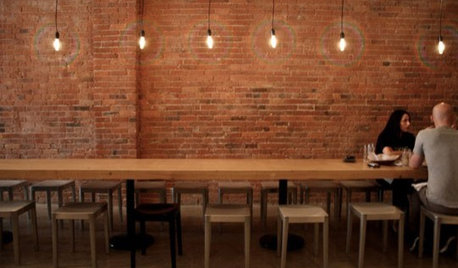
myfamilysfarm
digdirt2
Related Professionals
New Bedford Landscape Architects & Landscape Designers · Hershey Landscape Architects & Landscape Designers · Manhattan Beach Landscape Architects & Landscape Designers · Aurora Landscape Contractors · Braintree Landscape Contractors · Cockeysville Landscape Contractors · Davidson Landscape Contractors · Kearny Landscape Contractors · Marlborough Landscape Contractors · Peoria Landscape Contractors · Forest Hill Landscape Contractors · Columbia Roofing & Gutters · Sand Springs Roofing & Gutters · South Pasadena Roofing & Gutters · Middle Island Driveway Installation & Maintenancemyfamilysfarm
digdirt2
Krista86Original Author
digdirt2
2ajsmama
myfamilysfarm